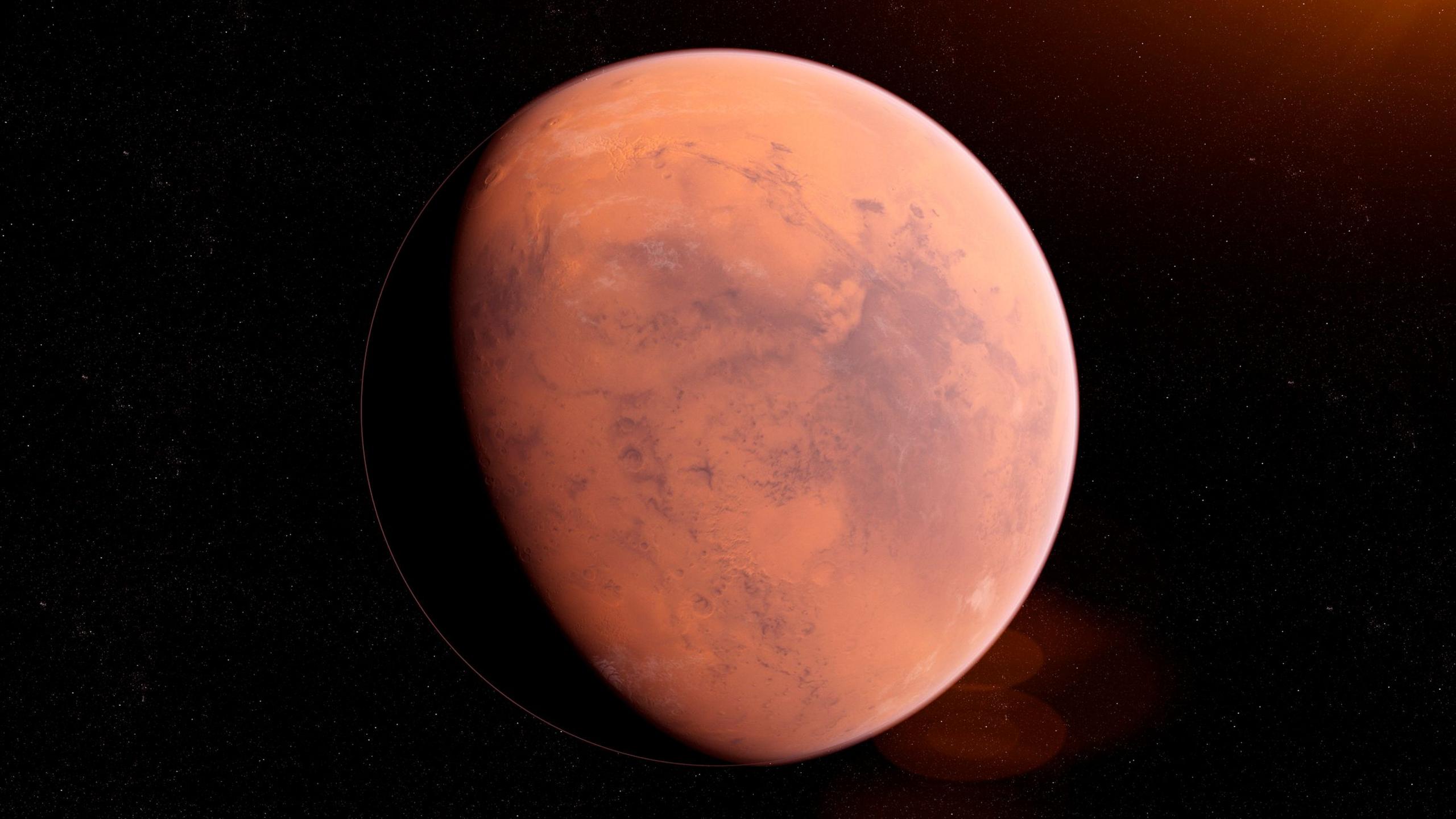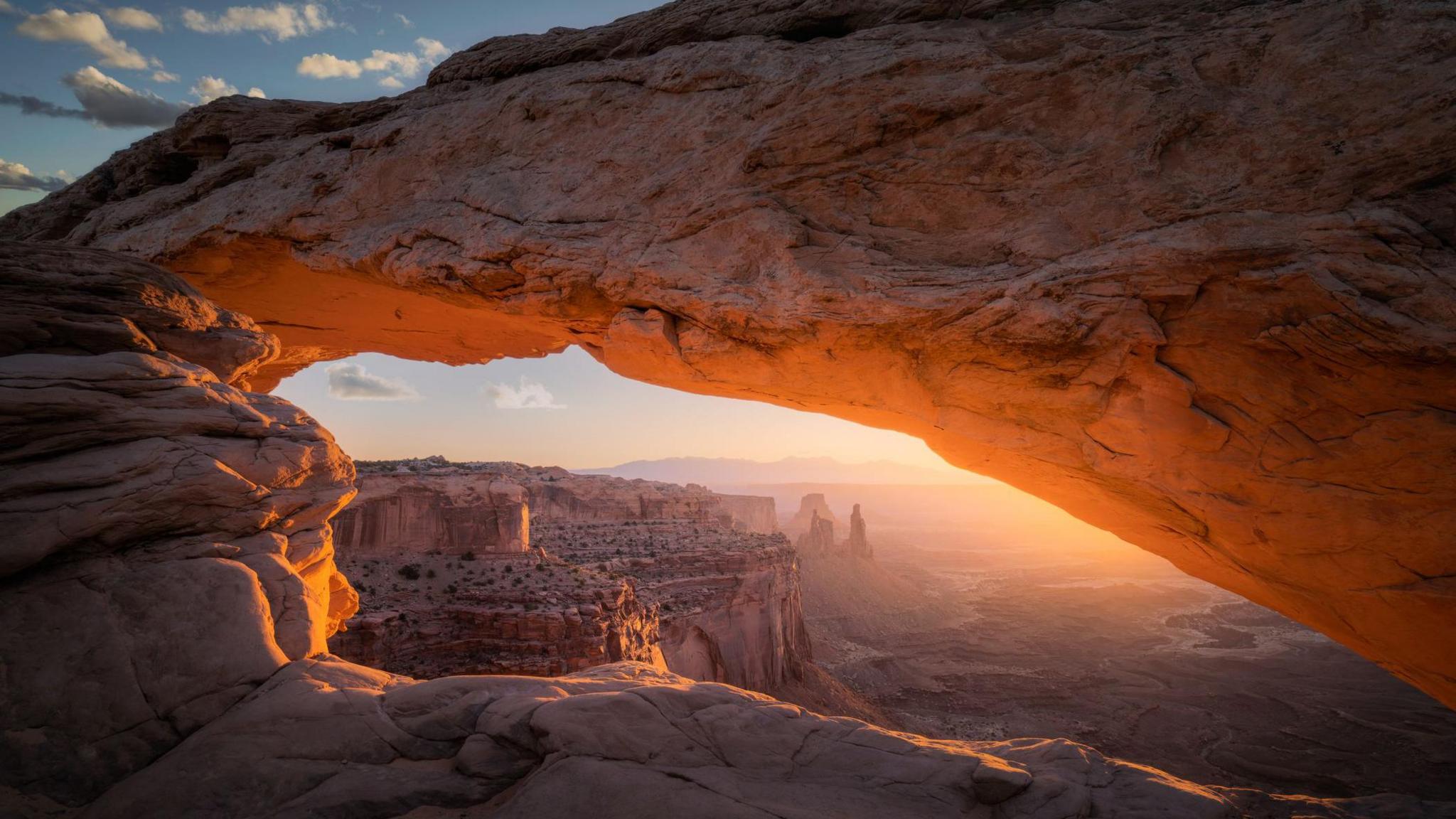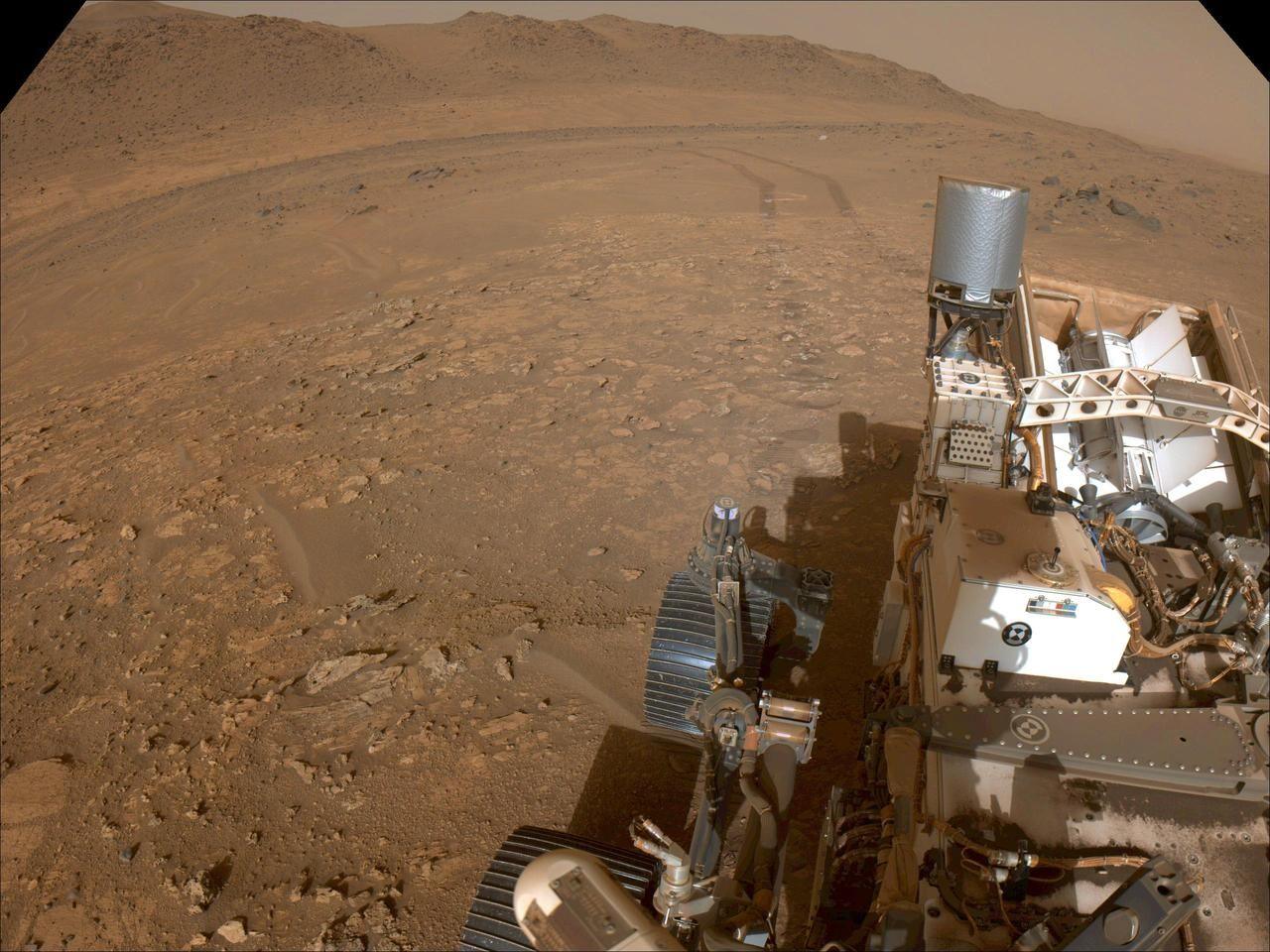Was Mars once a rainy planet?

Mars is known for its rusty red colour, but it is not as warm as it looks!
- Published
New research suggests Mars - which we know as a very cold, dry, rocky planet - may once have actually been warmer and wetter.
The study carried out by scientists at the University of Colorado at Boulder, said that rain and snow may have fallen on the Red Planet billions of years ago, massively shaping the surface of the planet we see today.
There is evidence of the existence of water on the planet, which suggests there could have once been life on Mars - as living things need water to survive.
- Published25 February
- Published17 September 2024
- Published13 April 2023

Utah in the United States of America (pictured here) is known for its vast, dry, rocky landscapes, and now scientists have compared Mars to this type of terrain.
The team made computer simulations, from satellite images and rover cameras, to try and guess how the planet developed its craggy terrain we see today.
Amongst the areas they looked at was a part of the planet close to the equator.
The equator is an imaginary line around the widest part of the planet, half-way between the north and south poles.
They used mathematically-powered computer programmes to digitally model what that area would look like if rain and snow fell on it over the course of hundreds of thousands of years.
It was then possible to see how the surface of the planet could have changed, taking into account the rain freezing and melting over the years.

The Mars Perseverance rover overlooks the red planet's dry, rocky surface.
The researchers concluded that the patterns of dry valleys, riverbeds and lakebeds on Mars today could have been shaped by water, most likely from snow or rain, as they are on Earth.
"You could pull up Google Earth images of places like Utah, zoom out, and you would see similarities to Mars," Amanda Steckel, planetary geologist and one of the authors of the study said.
However, the team noted their research alone was not enough to suggest this was definitely how the planet came to look how it does today, but it was enough to provide new insights into its history.
